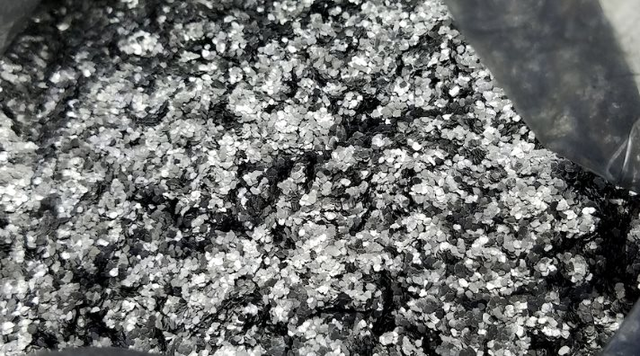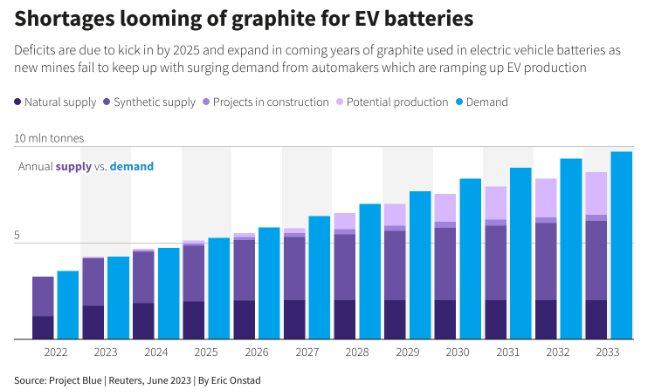The most important material in electric vehicles, but “abandoned” by manufacturers, China has quietly held up to 98% of output.
- Tram Ho
Electric vehicle makers including Tesla and Mercedes are rushing to source graphite from manufacturers outside of China – a wake-up call as demand for graphite in electric vehicle batteries soars and sales. The number of electric vehicles is exploding.
Auto companies have been slow to plan for graphite shortages, focusing mainly on well-known battery materials such as lithium and cobalt. However, it is graphite that is the largest component of electric vehicle batteries by weight.
Manufacturers are scouring countries around the world such as Madagascar and Mozambique for supplies amid forecasts that electric vehicles will account for more than 50% of the natural graphite market.

Shortages of raw materials produced outside of China will be exacerbated as legislation in the US and Europe increasingly cuts dependence on China for key minerals.
“Car manufacturers are in real trouble because there’s no investment in Western graphite,” said Mark Thompson, chief executive officer of Australia’s Talga Group. On average, each electric vehicle needs 50-100 kg of graphite in the battery pack to make the battery’s anode and negative electrode, which is about 2 times the amount of lithium.
Graphite’s primary use was in the steel industry, but BMO Capital Markets forecasts electric vehicle sales will more than triple by 2030 to 35 million units. Graphite shortages are expected to increase in the coming years, with a global supply deficit projected at 777,000 tonnes by 2030.
According to a report by Benchmark Mineral Intelligence (BMI), it will take an investment of $12 billion by 2030 and 97 new mines by 2035 to meet the demand for graphite. Currently, China produces 61% of the world’s natural graphite and holds 98% of the material that is processed to make the battery anode.

Graphite shortages are on the rise. Graphics: Reuters
Chase China
The Talga Group is looking to supply materials to automakers like Tesla, Toyota and Ford, as well as battery makers like Sweden’s Northvolt. Talga has signed non-binding supply agreements with two European battery manufacturers with links to Mercedes-Benz, Stellantis and Renault. A Mercedes representative said that they are diversifying their sources of raw materials, including graphite, and have been in dialogue with various suppliers for a long time.
Tesla has taken the lead in securing a supply of graphite, which has agreed to deals with Syrah Resources, which operates a mine in Mozambique, and with Magnis Energy Technologies. However, Western processing operations will slow down and take a lot more time.
“ China remains surprisingly dominant in the graphite sector and we anticipate they will maintain their dominance for many years to come, ” said George Miller, senior analyst at BMI.
By 2032, China will still control 79% of production of a processed graphite (uncoated spherical pure graphite) compared with 100% in 2022, according to BMI.
This Chinese influence on the market could make it difficult for automakers who want to qualify for electric vehicle subsidies under the US Inflation Reduction Act (IRA). Specifically, the IRA requires that a certain percentage of battery components be manufactured in the United States or in a country with which the IRA has a free-trade agreement.
The European Union has proposed legislation to reduce dependence on any country for any key raw material by 65% by 2030. However agreeing to graphite supply agreements is complicated. complex, requires extensive safety testing of the materials that go into each electric vehicle model and can take up to three years.
According to Reuters
Source : Genk
